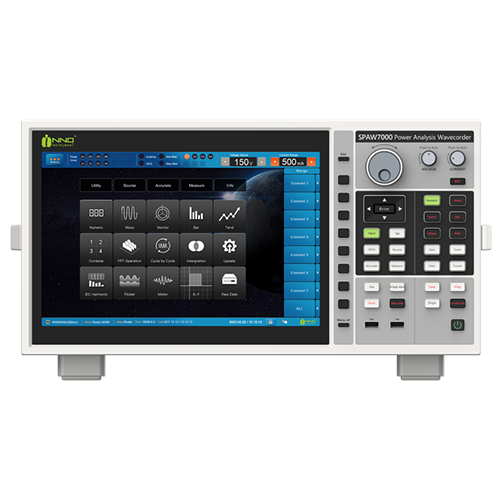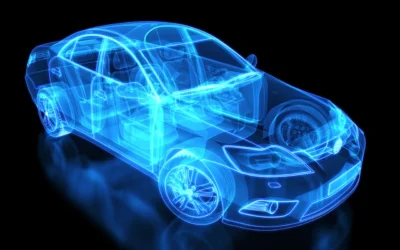Currently, new energy vehicles have received widespread attention and are experiencing rapid growth.
The fast-expanding market has, however, also led to increased pressure on power supply. To address this challenge, the government is providing strategic support and encouraging companies to research and develop charging piles with higher efficiency. Furthermore, the country is also pushing local governments to implement the planned layout and operation of charging piles. The aim is to quickly provide more convenient charging services for the general public. This has created new opportunities and challenges for the charging pile industry.
Charging piles for new energy vehicles can be classified into two types based on their output: direct current (DC) charging piles and alternating current (AC) charging piles. DC charging piles can directly charge the power battery, providing higher output power, suitable for fast charging. In contrast, AC charging equipment has a relatively lower output power and requires A/D conversion through the On-Board Charger (OBC) in the vehicle before it can charge the power battery. SUITA Electric’s bidirectional programmable DC power supplies, regenerative AC power supplies, and ultra-high-precision power analysis wavecorders can meet various needs, and offer professional and reliable testing solutions for both types of charging piles. In addition, they are featured by user-friendliness and rich functionalities designed for various types of tests.
Main Advantages
INNO's strong professional capabilities make its products more advantageous in related fields
Complemented by a variety of products and supervisory software, SUITA’s modular design allows for the construction of different testing systems based on actual application scenarios and testing requirements.
The power supply products can deliver a maximum power of 15KW and a maximum voltage of 1500V. They can be further expanded by connecting multiple units in series or parallel, fully meeting the testing requirements of high-power charging piles.
Application Scenarios
GBT18487.1-2015: Electric vehicle conductive charging system - Part 1: General requirements
GBT20234.1-2015: Connection set of conductive charging for electric vehicles - Part 1: General requirements
GBT20234.2-2015: Connection set for conductive charging of electric vehicles - Part 2: AC charging coupler
GBT20234.3-2015: Connection set for conductive charging of electric vehicles - Part 3: DC charging coupler
GBT27930-2015: Communication protocols between off-board conductive charger and battery management system for electric vehicle
Q/GDW1592-2014: Electric vehicle AC charging spot testing technical specification

